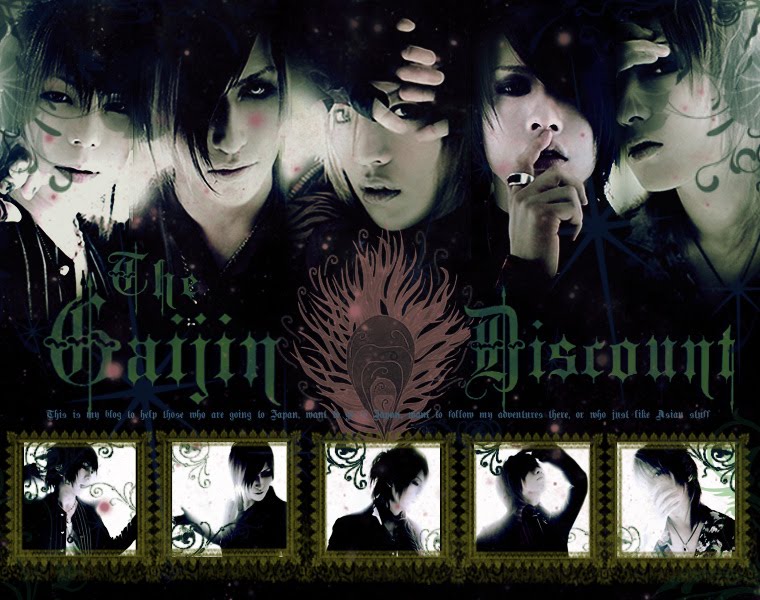Sunday, January 10, 2010
Traditional Theater in Japan
Hey there everyone! I've had a super long and exhausting day, having finally donned a real kimono in full, participated in ceremonies, went out to eat at a 14 course meal and tromped all the way from Aoyama to Harajuku and came back. I'm bushed, so I'll blog about that adventure soon. Instead, I'm going to take the easy way out, and just make a short blog about some stuff I've learned on traditional theater here in Japan. There are 3 traditional types: Noh, Kabuki, and Bunraku. Noh and Kabuki came about during the Edo Jidai, or Edo time period, which was just before Perry landed the black ships (and the Americans) here in Japan and led to the Meiji Restoration/industrialization of Japan. Bunraku, however, goes much farther back. I think I heard 800 or 600 years farther back, but I can't clearly remember and am too lazy to look it up. Bunraku is entirely done in Osaka-ben (which is the Osaka dialect, similar to how we have Boston accents in the US), and it is a theater of almost life-sized dolls. The dolls are quite intricate and each one has a team of three people to maneuver it (left side, right side and head). All but one of these puppet-masters has their face covered in black. On to Kabuki. Kabuki is a type of theater still quite popular today, made of an all male cast with all male musicians. In truth, Kabuki started out as all female, but when audience members started chasing after the actresses, the government forbade women from the theater, so Kabuki naturally became an all male enterprise. The makeup in Kabuki makes it easy to spot from any other type of theater because of the very dramatic, unrealistic faces (similar to what you see in old paintings). White characters are good people, typically, red are bad. Women characters also often pop up. Another characteristic visual attribute of some Kabuki roles is a huge, fuzzy white wig, which you can buy at a shop in Asakusa. And lastly is Noh, which I know (pun intended) little to nothing about except that it also began in the Edo time period, is also pretty much all male, and is particular because in Noh theater, the actors wear particular masks which tell about their character, and they wear these througout the performance. The most often seen Noh mask, I would say, is one called Hannya, which looks like a demon and is supposed to represent a woman turned demon because of anger or jealousy. Most of the scariest ghost/demon masks are of wmen. Incidentally, in Shinto wedding ceremonies, the bride's wedding dress has a large hat like thing tucked over her head that is supposed to cover her horns. Strange huh? Very different. Anyways, so there you have it: Bunraku (Puppet Theater), Kabuki (All Male Theater), Noh (Mask Theater). Sorry if this was a boring post!
Subscribe to:
Post Comments (Atom)

No comments:
Post a Comment